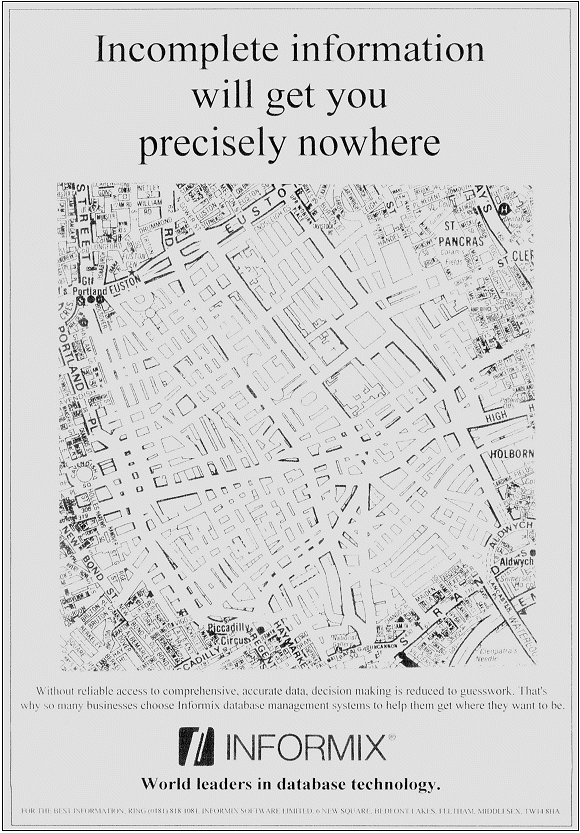Often there’s little logic in tax law!
If you ever look closely at your accounts and tax return (you do look closely, don’t you?) you may notice that they include depreciation and/or capital allowances. And you may notice that the bottom line figure for depreciation and/or capital allowances is usually different.
That’s because depreciation is calculated based on established accounting practices, and capital allowances are based on the rules set out in the Taxes Acts. And no matter which method you are following, these rules only apply to the major items in your business, the things that last for several years. That means things like motor vehicles, furniture and significant computers.
Generally speaking, accountants will take the cost of a capital asset (like your new £5,000 super computer) and spread the cost equally over 5 years. Whether or not that truly reflects the depreciation of this item the accounts will show a depreciation figure of precisely £1,000 in each and every one of the consecutive 5 years.
HM Revenue and Customs do things differently. So at the outset, they ignore the depreciation figure in the accounts and treat the accounts as if that amount wasn’t there. They term this “adding back the depreciation”. And then they take off the capital allowances.
Ordinarily, capital allowances are calculated on an 18% reducing balance system. There are a few other special rules (as you might have guessed), but for now we’ll take that £5,000 super computer and write off 18% of it. That gives you a capital allowance in year 1 of £900 and a balance of £4,100. In year 2, the 18% allowance on £4,100 will be £738 and so on.
Under the capital allowances method, you never quite get down to NIL . With depreciation you know that the annual adjustment is a uniform figure, and that you’re going to hit a value of NIL after 5 years.
Smaller items of equipment can be written off when they are bought, as a revenue expense rather than a capital expense. You may not see these capitalised in your accounts, and hence you may have no figures for depreciation or capital allowances. These smaller assets are in your profit and loss account under “equipment expensed”.
If you ever wanted to compare the capital allowances figures to the depreciation figures, you would need to do a reconciliation every year, starting with year one of the business. The records should be there in all the copies of the accounts and the tax returns.
Why bother with depreciation then, if HMRC uses capital allowances? The bigger your business gets, the more important your balance sheet becomes. And the biggest companies want the balance sheet to truly reflect the net worth of the company, and so they need show exactly how the assets depreciate and what their residual value is.

